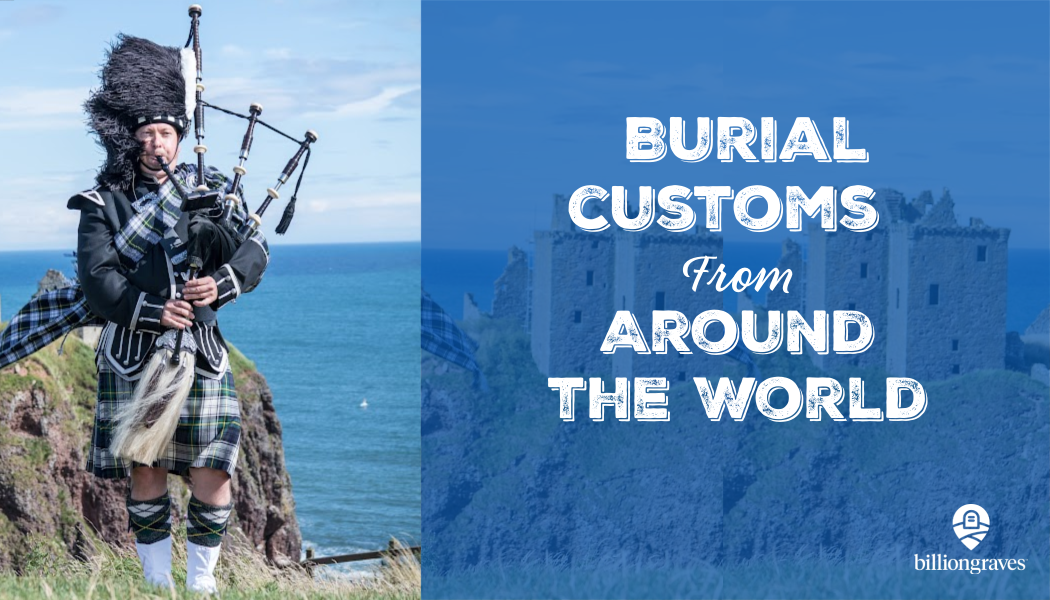Burial customs from around the world provide an important link to our ancestors. They are physical evidence of a society’s spiritual beliefs, sometimes dating back thousands of years.
Most people believe that their ancestor’s spirits journey to an afterlife but what their families do to honor them after they are gone is unique to each culture.
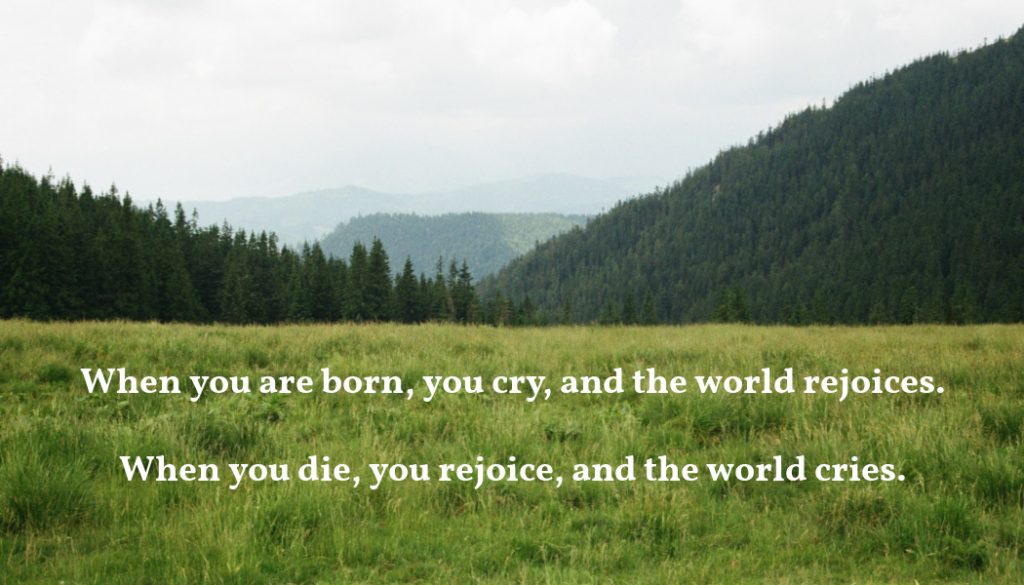
Below are some burial customs from around the world from A – Z: Aboriginal Australia to Zimbabwe.
Burial Customs from Around the World:
Aboriginal Australia
The Aboriginal people make up about 3% of Australia’s population. They often refer to their funeral rites as “sorry business”.
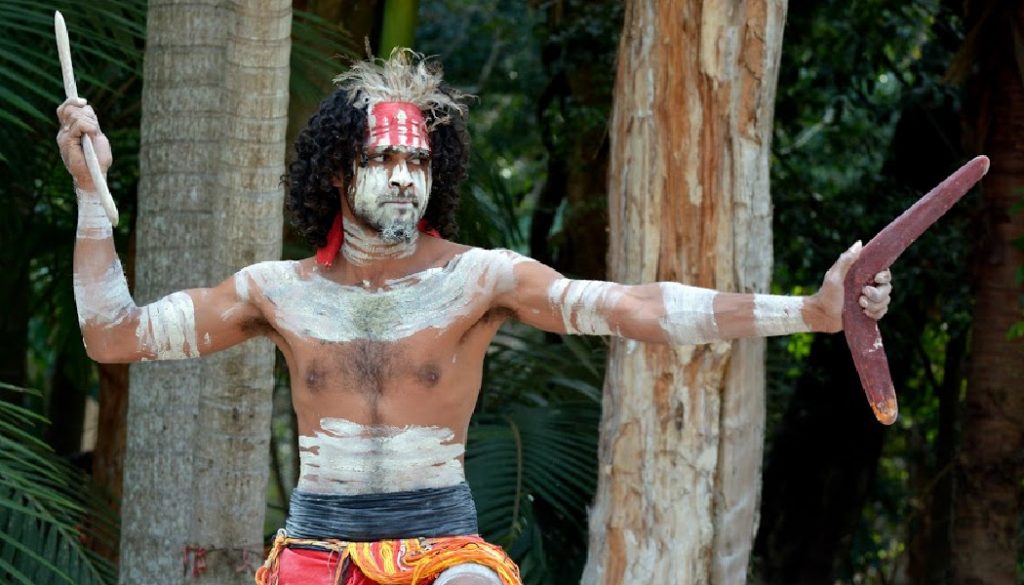
Traditionally, the Aboriginal people of Australia were divided into about 500 tribes and their burial customs varied greatly.
Some tribes buried their family members in two phases. First, their bodies were wrapped in bark and placed on an outdoor platform in the hot sun for several months.
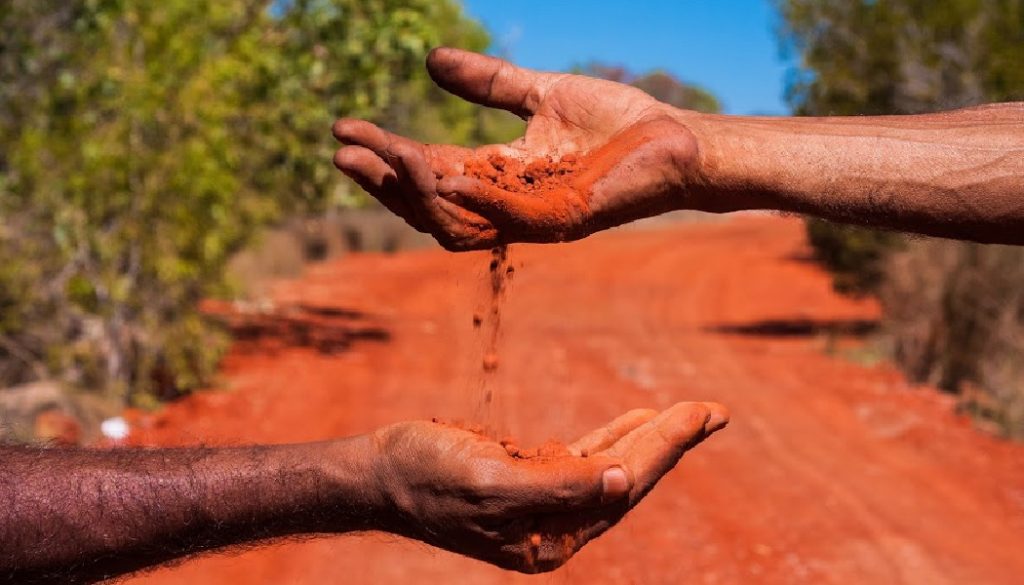
Then, when only the skeleton remained, the second phase began. The bones were painted with red ochre and buried in a location that was significant to the family such as a coastal dune or a mountainous cave.
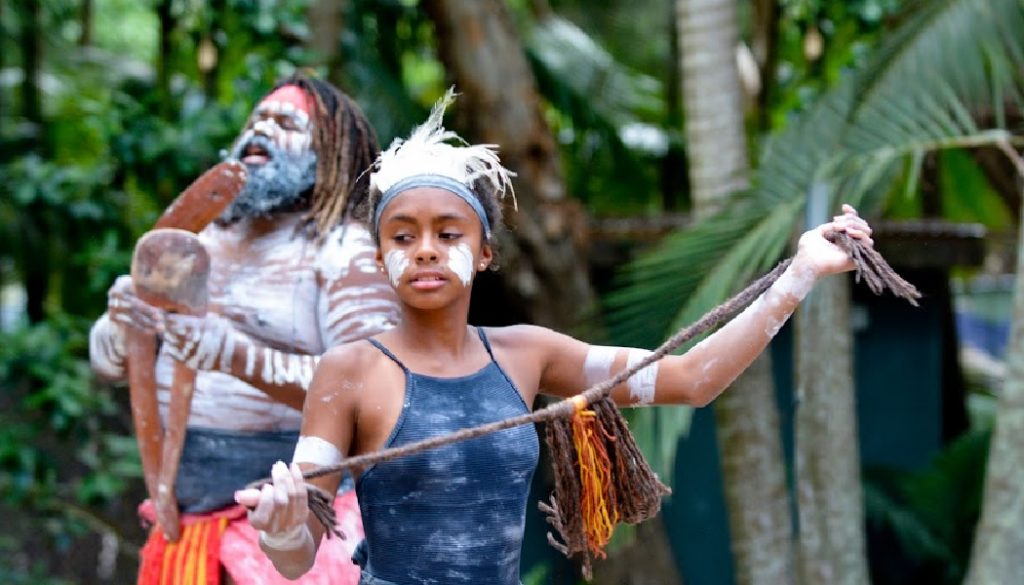
Today, in modern Australia, Aboriginal families usually choose a standard coffin burial or cremation combined with traditional ceremonies. They decorate their bodies with white paint and spend several days dancing and singing as they mourn the loss of their loved one.
Burial Customs from Around the World:
China
The foundation of burial customs in China is the ancient practice of ancestor worship. The Chinese do not view cemeteries as repositories of the dead, but rather as a community of living spirits who are capable of communicating with and helping their descendants.
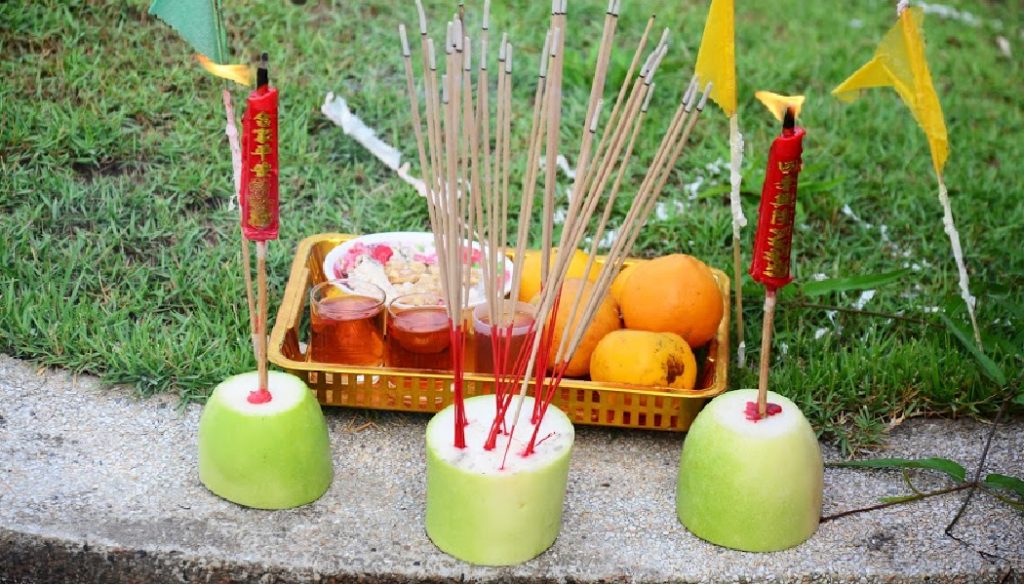
Each spring during the Qingming Festival, also known as Tomb-Sweeping Day, extended families visit their ancestor’s graves to worship, make offerings, and clean the graves.
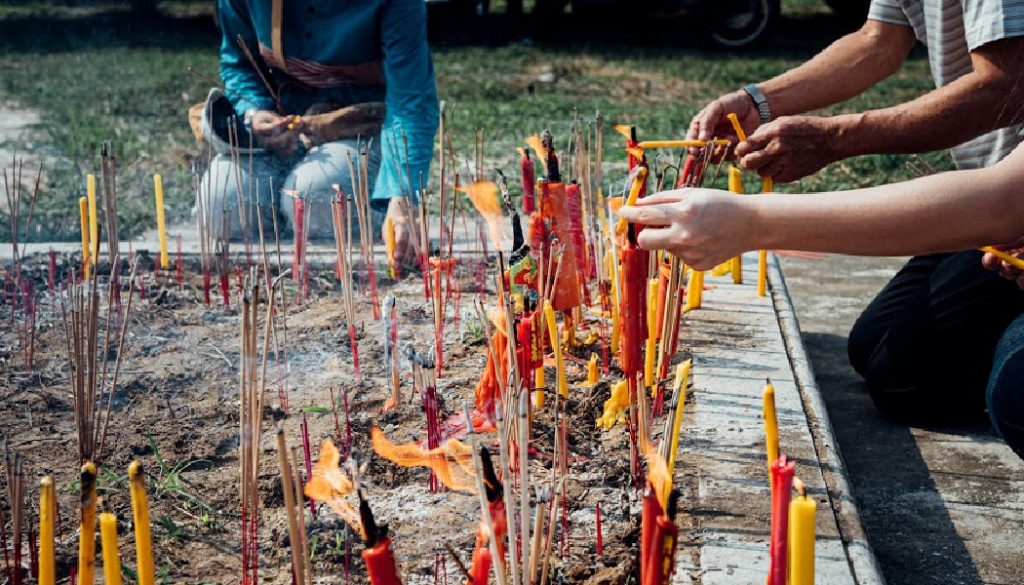
And they need to do a great job too. If their ancestors are unhappy with the upkeep of their graves or the quality of the offerings, they might teach their descendants a lesson by refusing to help them when they are in need or by even by giving them a good haunting.
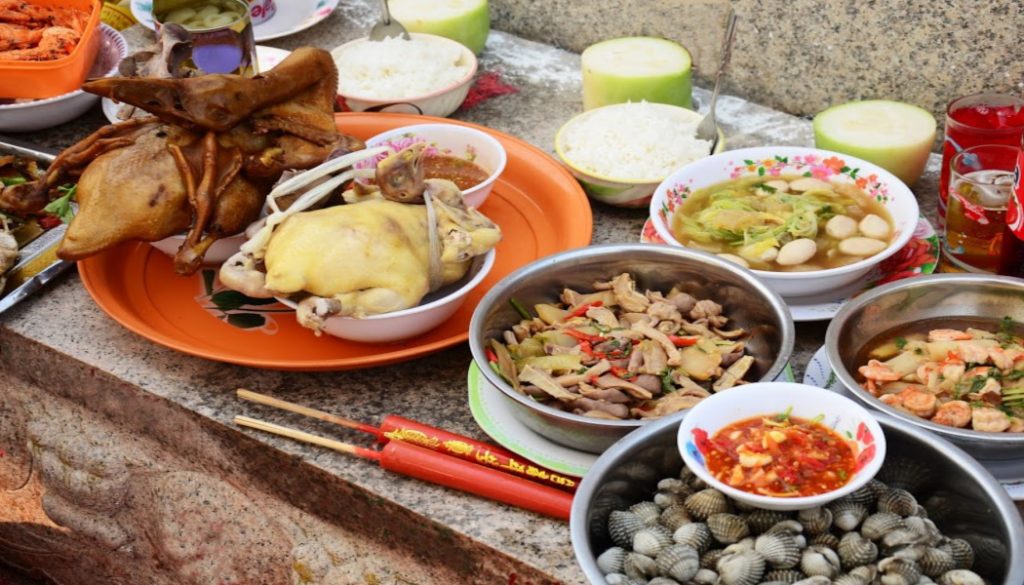
Offerings include physical objects to make their ancestor’s afterlife more comfortable – food, money, and household objects.
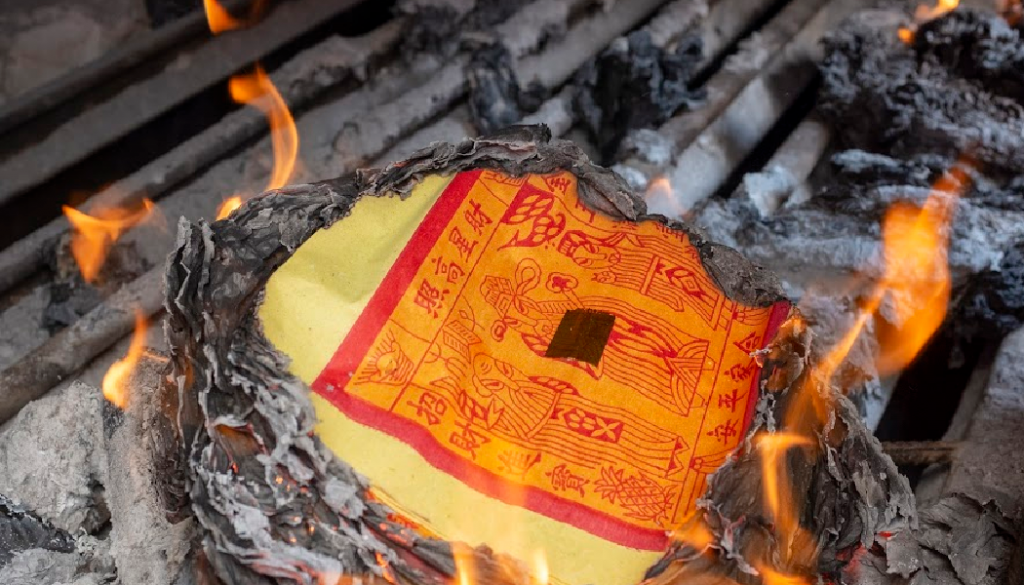
Then the money is burned. Some worshippers pray to a higher deity, asking that their ancestors will be honored, while others pray directly to their ancestors.
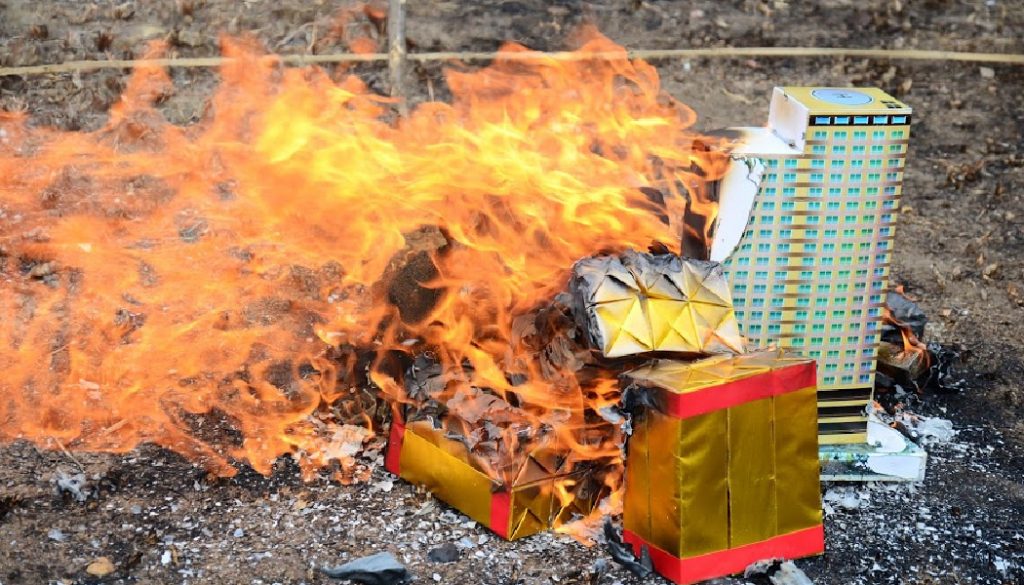
And while descendants may want to give their ancestors more elaborate gifts – such as houses or cars – that is not practical so these types of objects are made out of folded paper – called Joss paper.
Today, elaborate Joss paper offerings can be purchased in the shape of smartphones, shoes, cameras, and kitchen appliances.
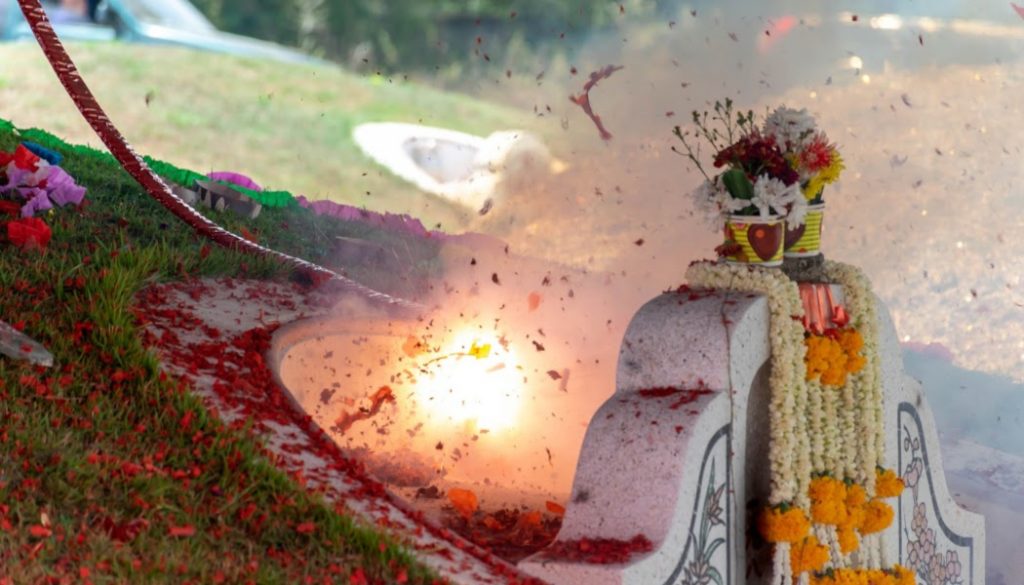
These paper offerings are also burned at the graveside, along with incense.
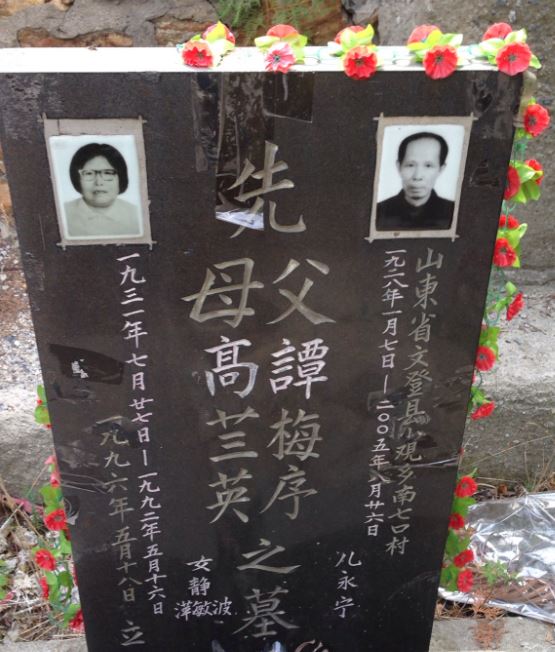
It is common to see the deceased’s photos on gravestones.
Chinese cemetery rituals not only honor the deceased, but they also strengthen family ties as clans gather together at their common ancestor’s gravesites. Family strength has been the bedrock of Chinese society for millennia.
Click HERE and HERE to see some interesting Chinese gravestones on the BillionGraves website.
Burial Customs from Around the World:
Ghana
“Let’s get this party on!” But wait . . . it’s not a party, it’s a funeral. Whaaaaat?!
In Ghana, if the deceased has lived beyond the age of 70, they are considered to have lived a full life and this is cause for a grand celebration! It is a testimony to the Ghanaians’ strong belief that death is the beginning of the deceased’s afterlife.
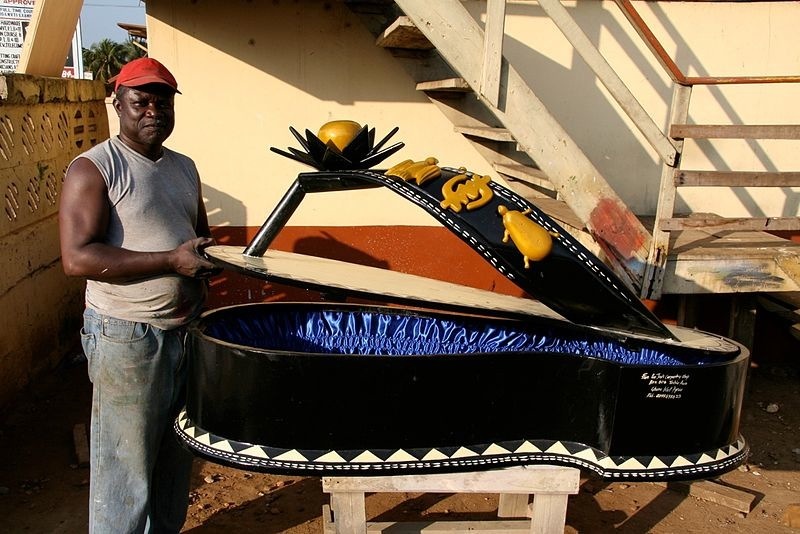
Funerals for older people are all-night celebrations. Everyone wears white, a symbol of resurrection. And there is song and dance – a Ghanaian mix of jazz, brass bands, and African rhythms.
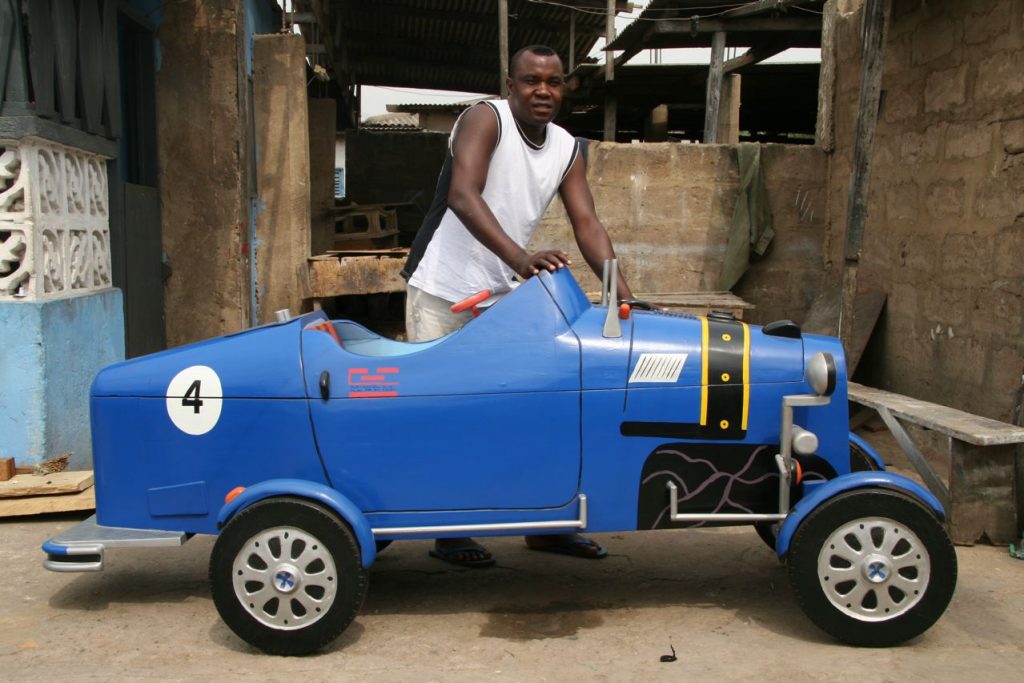
Funerals are also a chance for the family to showcase their success and social prestige. They are more flamboyant than weddings, birthdays, or any other ceremony. And “the more the merrier” holds true as hundreds of people attend.
Coffins are built in the shape of objects that reflect the interests and passions of the departed. There are coffins carved to look like shoes, cars, cameras, phones, Bibles, lions, and more.
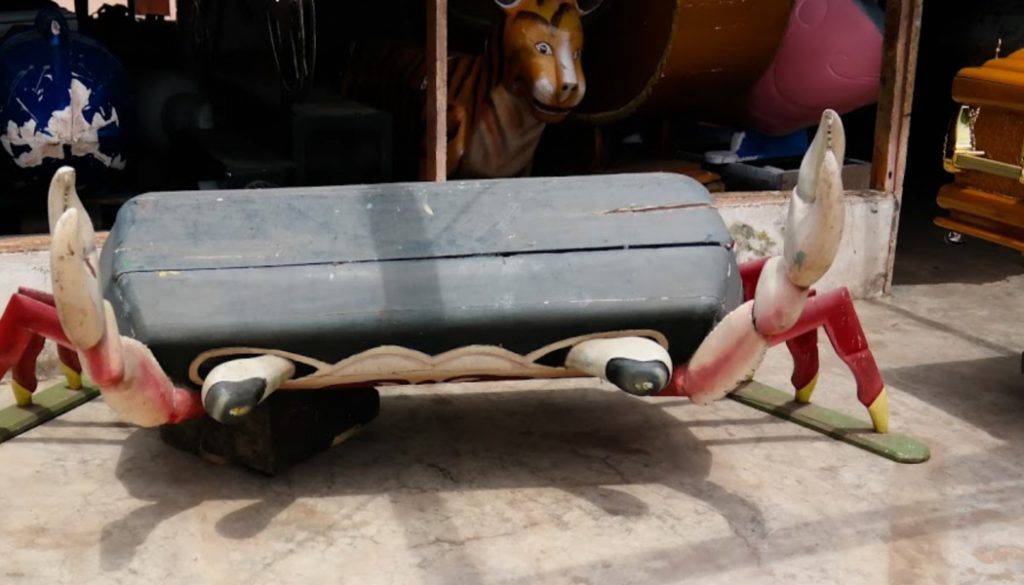
A fisherman might be buried in crab, fish, or boat coffin.
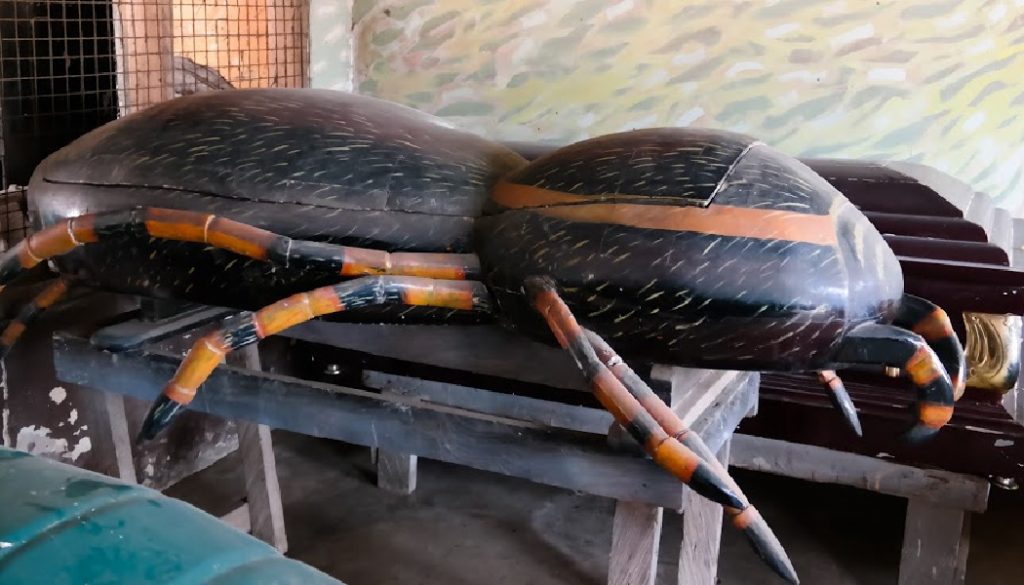
Hmmm, how about a spider coffin?
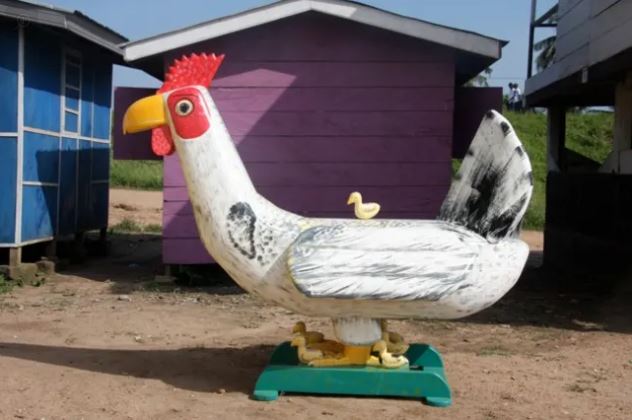
Or a fun-lovin’ chicken coffin?!
If you were born in Ghana, what would your coffin be shaped like? It might be fun to ask your family and friends what they would choose for you!
Headstone in Ghana
Click HERE and HERE to see traditional headstone styles in Ghana.
Burial Customs from Around the World:
Indonesia
Many Indonesians are buried in crypts that have been carved into rock walls. Why? So they can easily be removed for a celebration of their life during a “2nd funeral”.
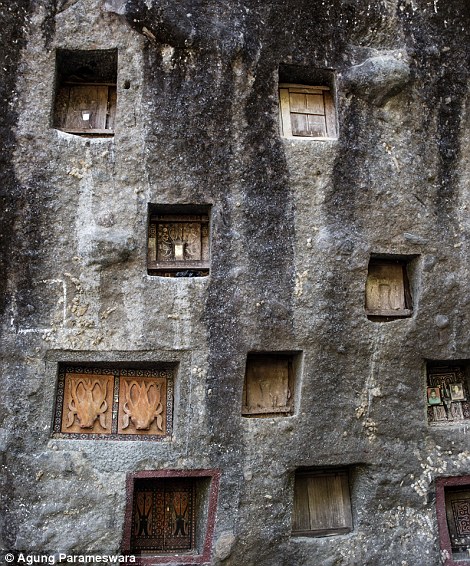
Ma’nane is Indonesia’s “cleaning of the corpse festival” celebrated every three years by the Tojaran people of Sulawesi Island.
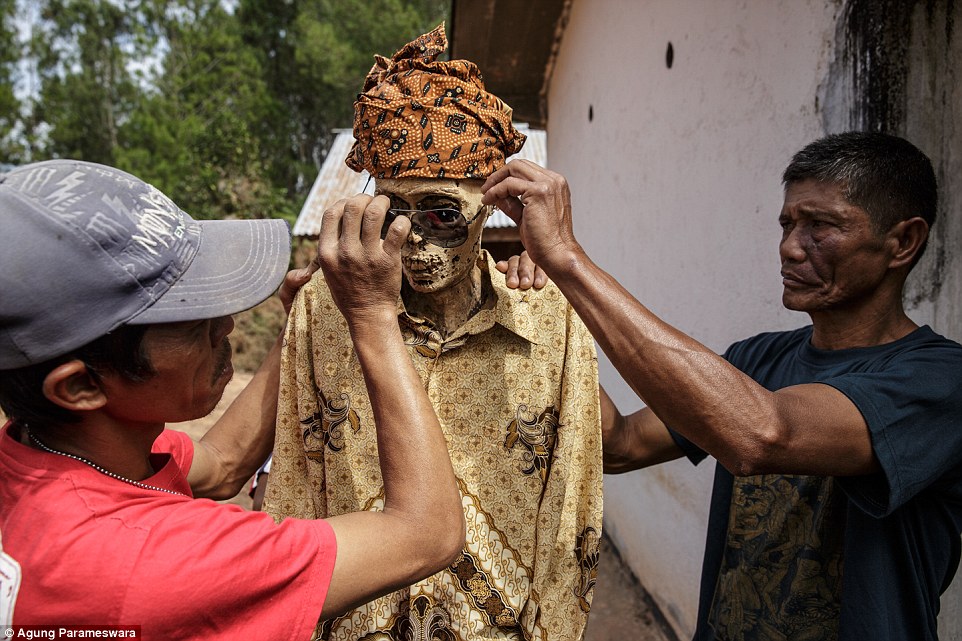
During the festival, family members remove their relative’s bodies, clean them, redress them, and even take them on a walk through their village.
For them, this is a sacred time to reconnect with their deceased loved ones.

According to legend, this sacred festival dates back hundreds of years to a man who was hiking in the mountains when he found a corpse. He dressed it in his own clothes and buried it, which brought him good luck.
Headstones in Indonesia
Click HERE and HERE and HERE to see some Indonesian gravestones on the BillionGraves website.
Burial Customs from Around the World:
Ireland
The traditional Irish wake was a way to deal with grieving through celebration.
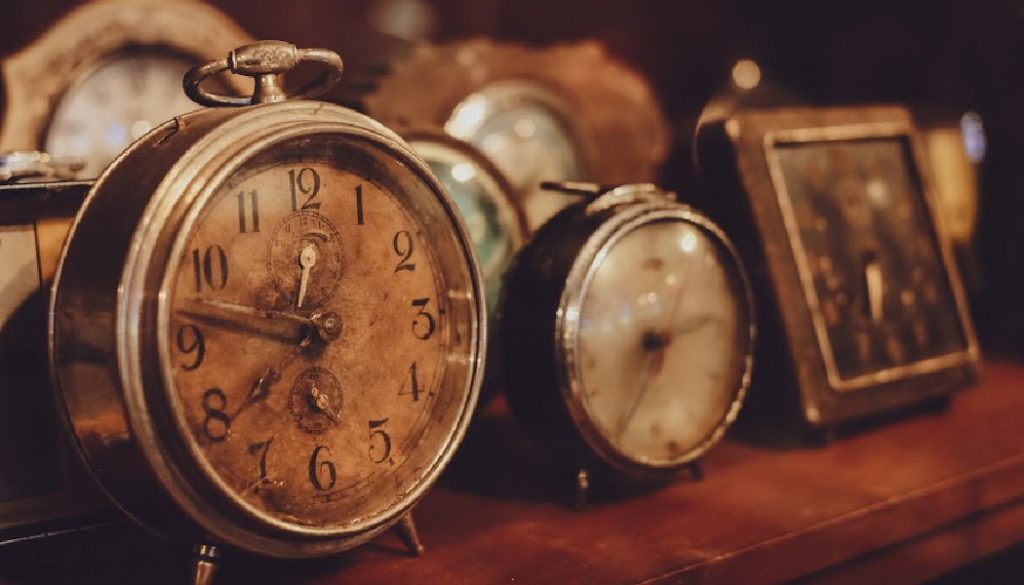
According to Irish custom, when someone died, all the clocks in the house were stopped and the mirrors were covered. A neighbor woman came to prepare the body which stayed at the family home until the next day, sometimes lying down and other times sitting bolt upright in a chair.
No one was allowed to weep until the body was washed, believing that this may attract the attention of evil spirits who might try to enter the body while it was still unclean. Once the body was cleansed, the lead mourner would begin to wail and other women joined in.
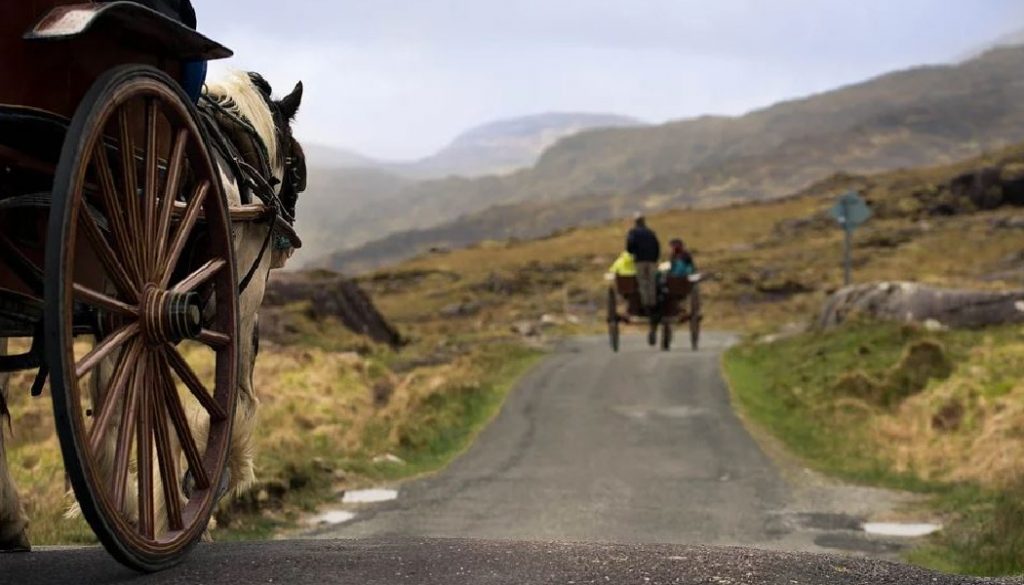
The period of weeping and wailing was followed by the arrival of guests. Visitors came for food, drink, dancing, drink, games, drink, and laughter (did I mention drink?) as they celebrated the life of the departed. The frolicking went on into the night.
The next day a walking procession was held, with the deceased’s body being carried by pallbearers. They went first to the local church and then to the graveyard.
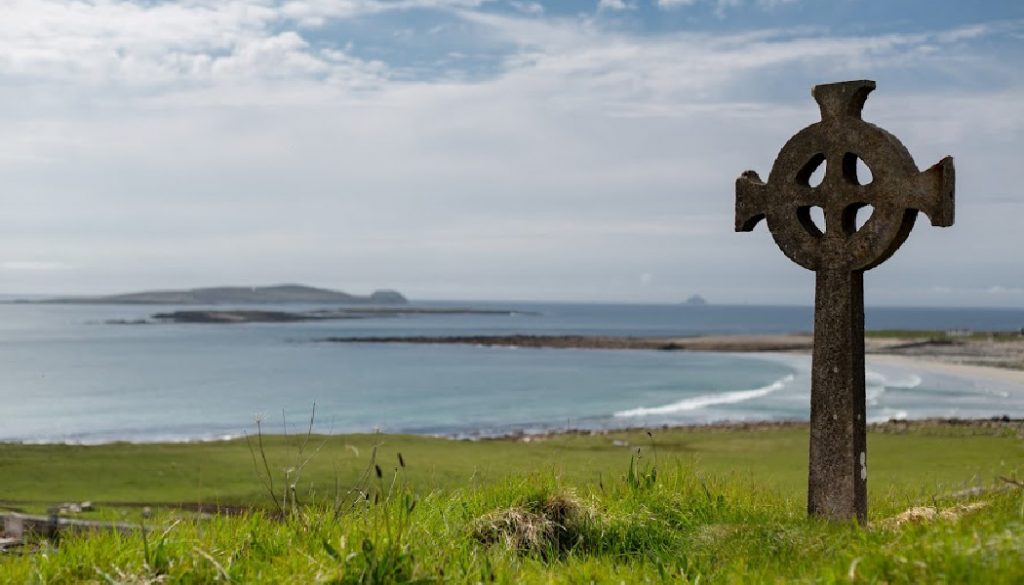
At the graveside, bagpipes were played, prayers were said, and dirt was shoveled into the grave. Often a Celtic cross was placed at the final resting place.
Learn about Irish gravestone symbols by clicking HERE.
Burial Customs from Around the World:
Mexico
In Mexico, visitors come to the home of the deceased to sit with the family for 24-48 hour vigil. They bring gifts, eat and drink together, and pray.
The deceased is buried with their clothing and important possessions.
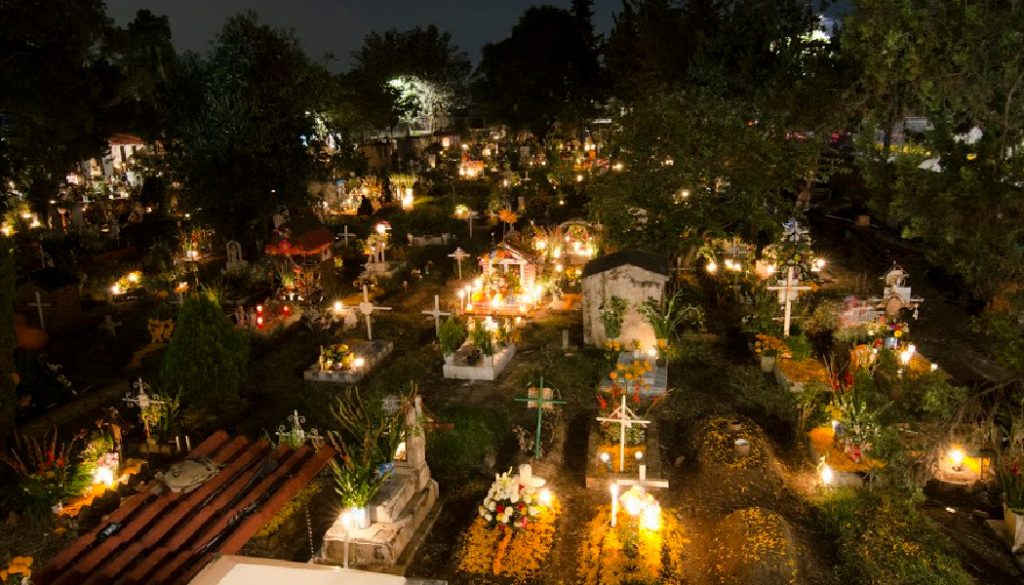
But the Mexican cemetery traditions don’t end there. The Day of the Dead is a holiday held on November 1st and 2nd when it is believed that the veil between the spirit world and the physical world is removed.
Family and friends gather in cemeteries to pray for and to remember those who have died. The souls of the dead awaken and return to the living world to feast, dance, and play music with their loved ones.
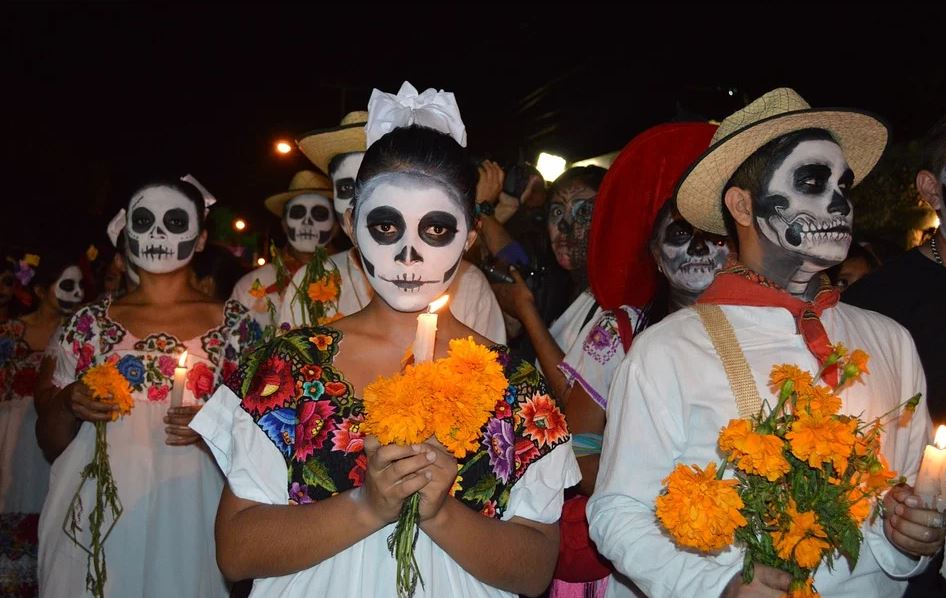
Faces are painted to look like skeletons. White clothing with brightly colored embroidery is worn. Candles and flowers are carried in a parade-like procession to the cemetery.
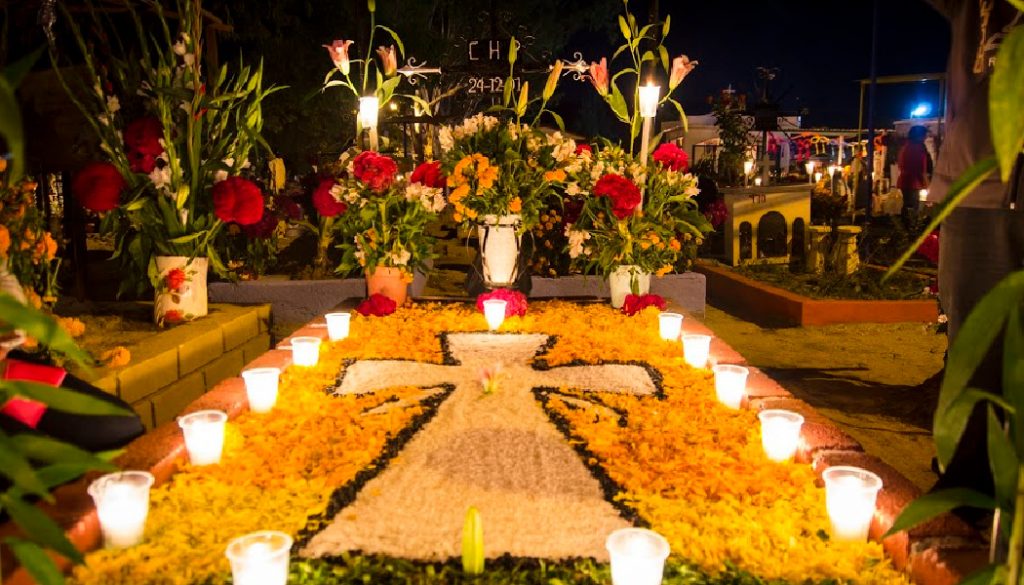
Graves are covered in elaborate decorations made up of flower petals and candles. Families sometimes spent the entire year planning for the grave cleaning and decorations.
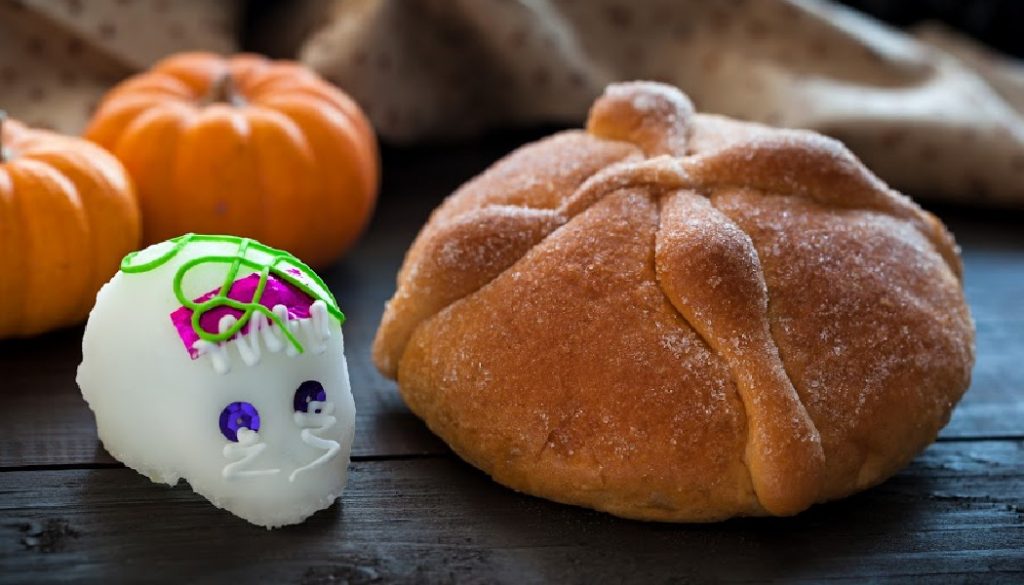
Families gather in cemeteries to hold full-day picnics and talk about their memories of the departed. Not only is food is eaten by the living, it is also placed on the graves as offerings or ofrendas to the spirits of their departed ancestors.
Pan de muerto, a sweet roll decorated with bone shapes, and calaveras, a skull made of sugar and decorated with colorful designs to represent the personality of the departed, are common foods made during Mexico’s Day of the Dead.
Burial Customs from Around the World:
Scandinavia
Anciently, the Vikings of Scandinavia believed that boats symbolized safe passage into the afterlife. Grave mounds were often built to resemble ships, with stones outlining the shape of the vessel. Those of high-rank were buried with their ships.
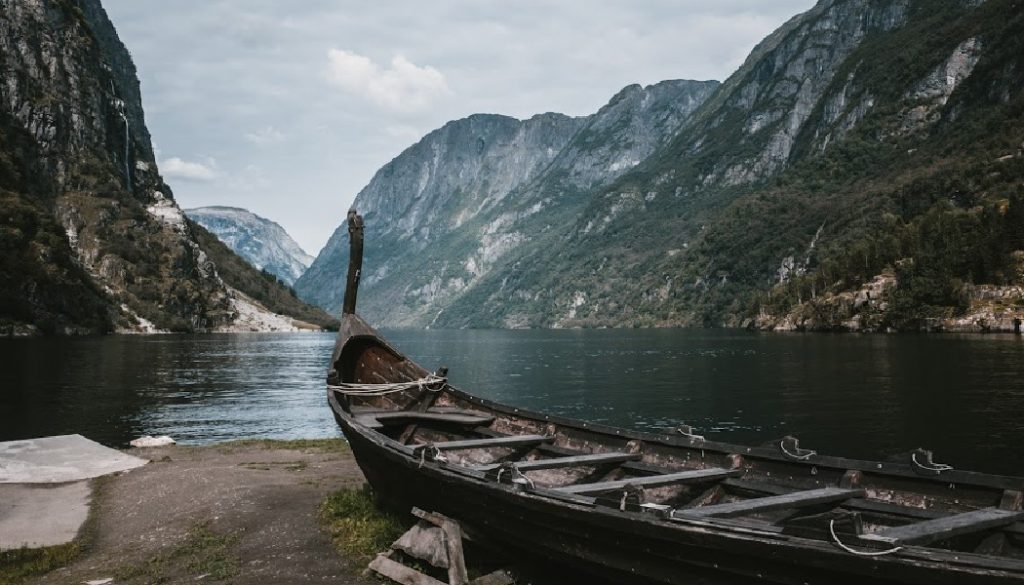
Today in Scandinavia, people are buried three deep, stacked one on top of another. When each new person is buried, another name is added to the gravestone. Family members must pay an annual fee or the three bodies are exhumed and someone else is buried there.

At Christmastime, Scandinavians visit their ancestor’s gravesites to place lit candles, many of them dressed in traditional folk costumes.
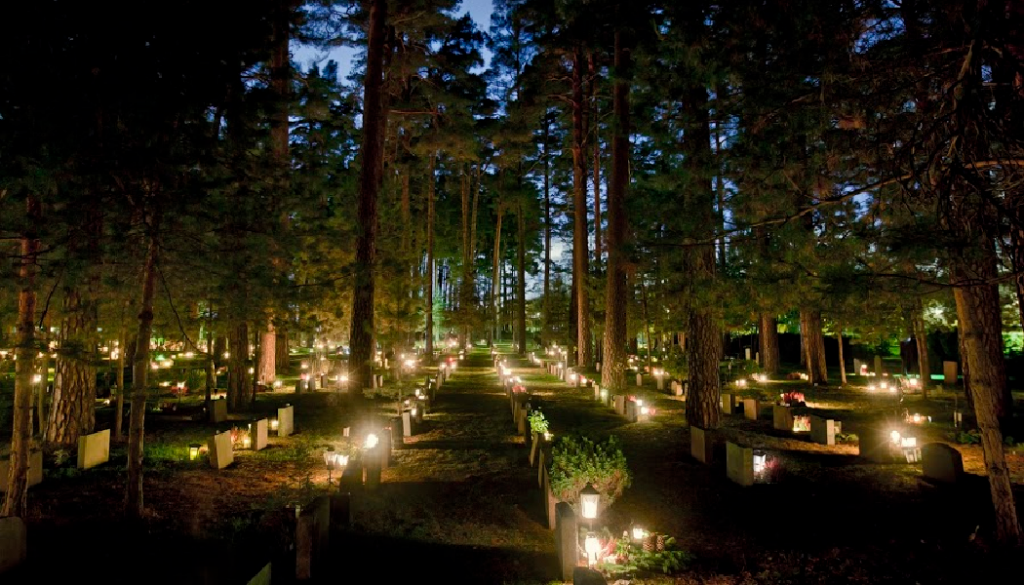
The cemetery takes on a magical otherworldly glow as every gravestone is lit up with a flickering flame reflecting off the snow.
Burial Customs from Around the World:
Tonga
When someone dies in Tonga, the mourning period lasts for 100 days. During this time, mourners wear black clothing and a Ta’ovala, a grass skirt woven from coconut fibers.
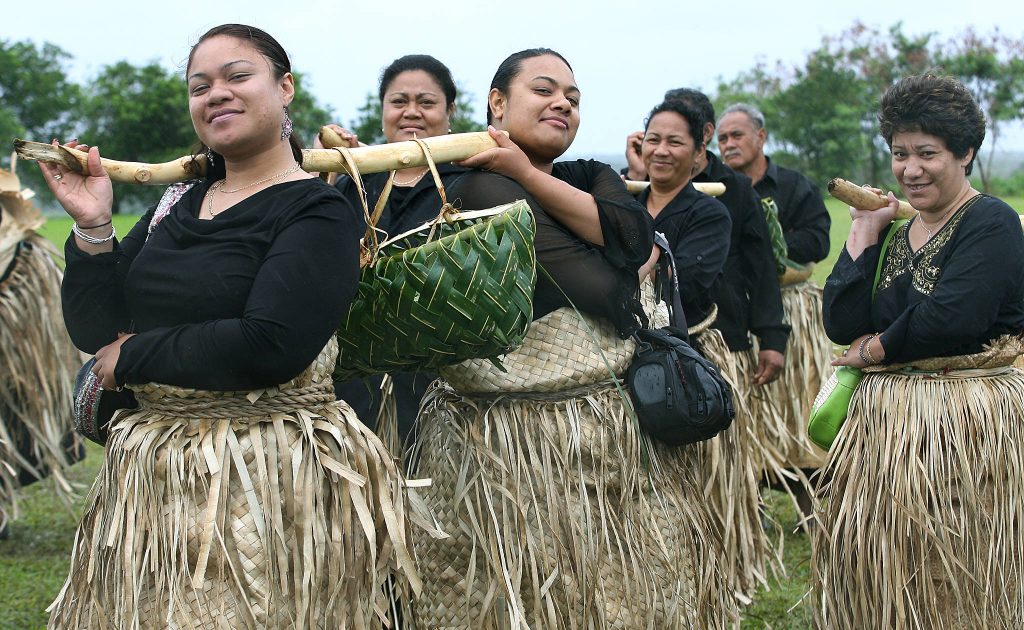
Family and friends of the deceased gather for a wake to pay their respects. Those who are close to the family are expected to spend the night, sleeping outside under a canopy with them.
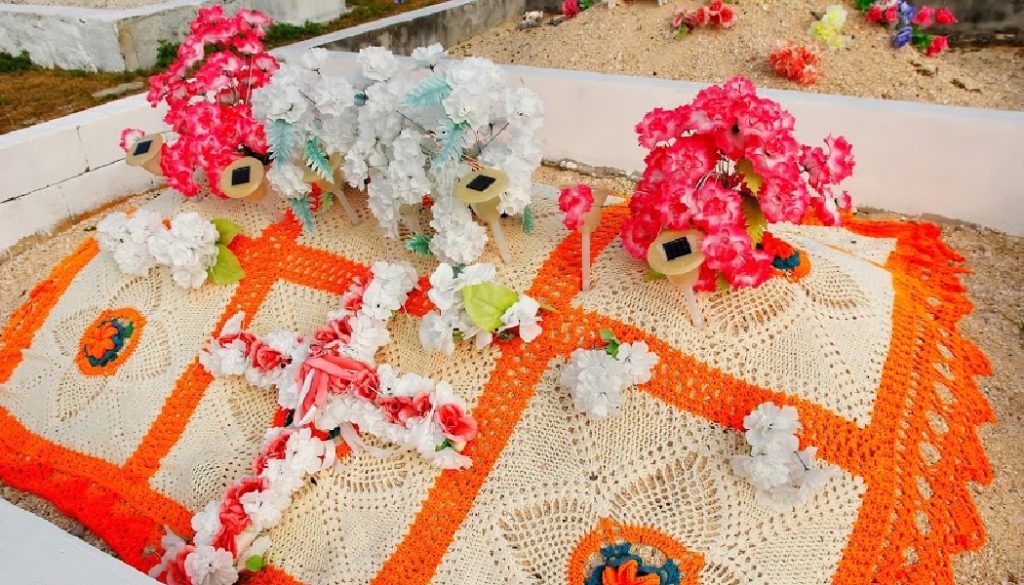
Visitors bring small gifts to the grieving family, such as woven mats, flowers, or food. For those of high social status, a brass band leads the way to the cemetery where those gifts are often used to decorate the gravesite.
The burial customs for Tongan royalty are especially elaborate. Tongan kings are considered to be sacred and are therefore deemed untouchable by anyone of an inferior class during their lifetime.
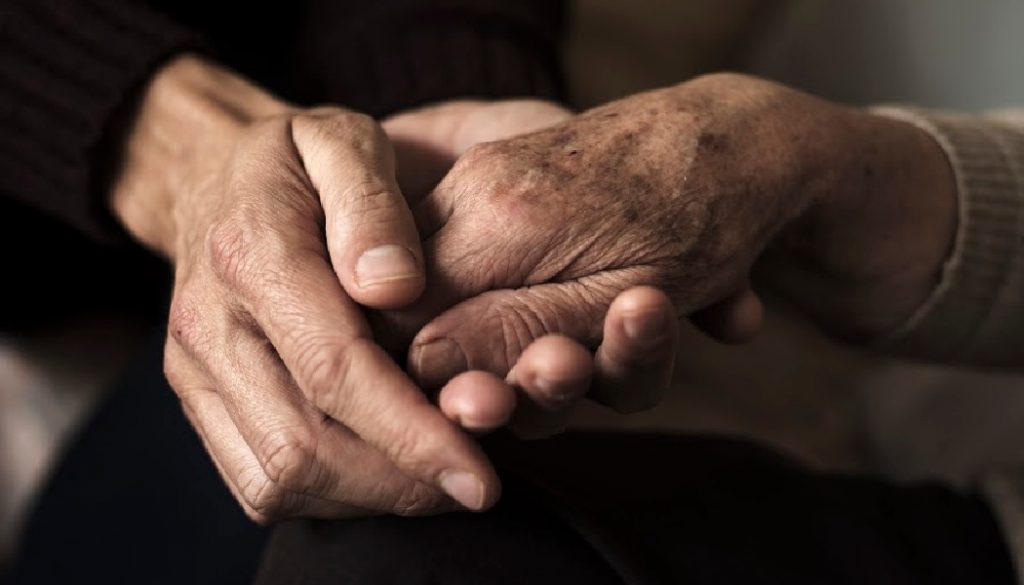
Even after their death, only a few “sacred hands” are allowed to touch the king’s body. The undertakers who are designated to care for a deceased king’s body are known as nima tapu.
The nima tapu are forbidden from using their hands for any other task for the full 100 day mourning period! Fortunately for them, servants are appointed to care for their every need. (Uh, wait, that’s a little awkward.)
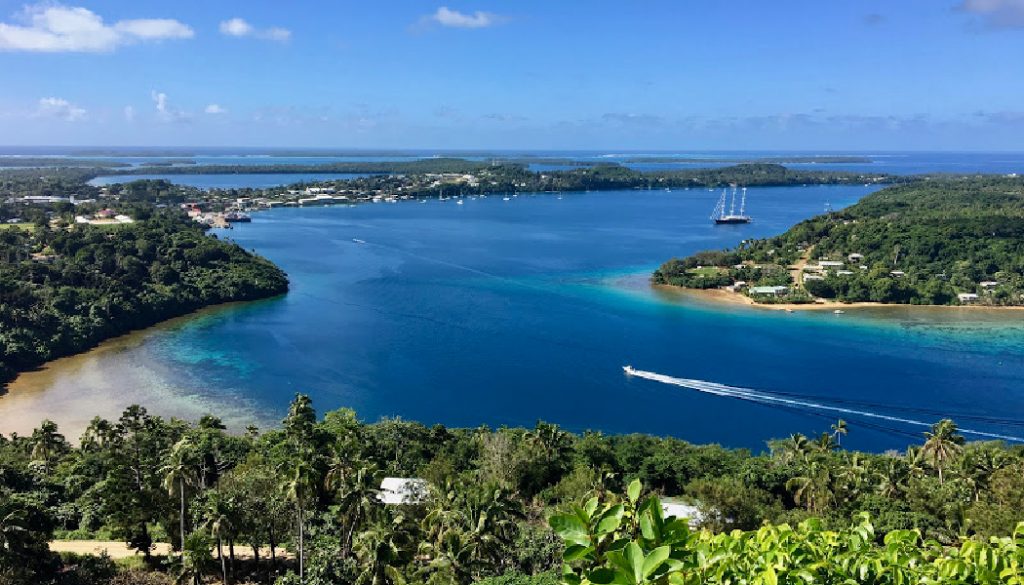
Anciently, after the mourning period ended, the undertakers were killed so that they could accompany the king into the afterlife. Later, this practice was modified to just cutting off one of their fingers – usually the pinky.
Burial Customs from Around the World:
Zimbabwe
When someone dies in Zimbabwe, it is customary for their body to stay in the family home overnight. It is then transported to the place of their birth for ceremonies and burial the next day.
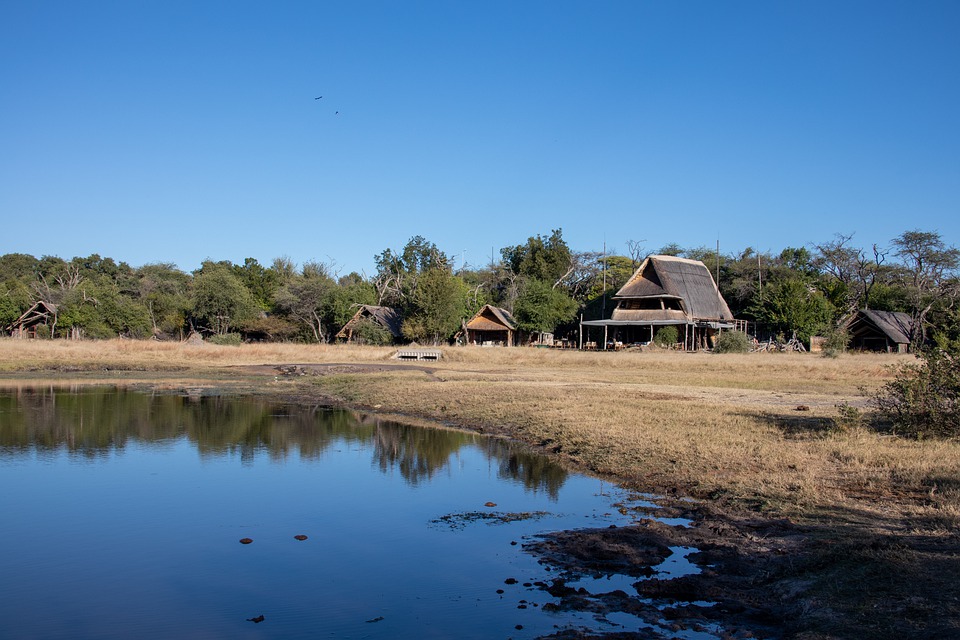
Zimbabwean funerals are held in the early morning rather than late afternoon. This is due to a belief that witches roam during the late afternoon looking for bodies to use in evil spells.
The immediate family stands together on one side of the grave and others stand opposite. Close family members are not allowed to speak or participate in the burial ceremony.
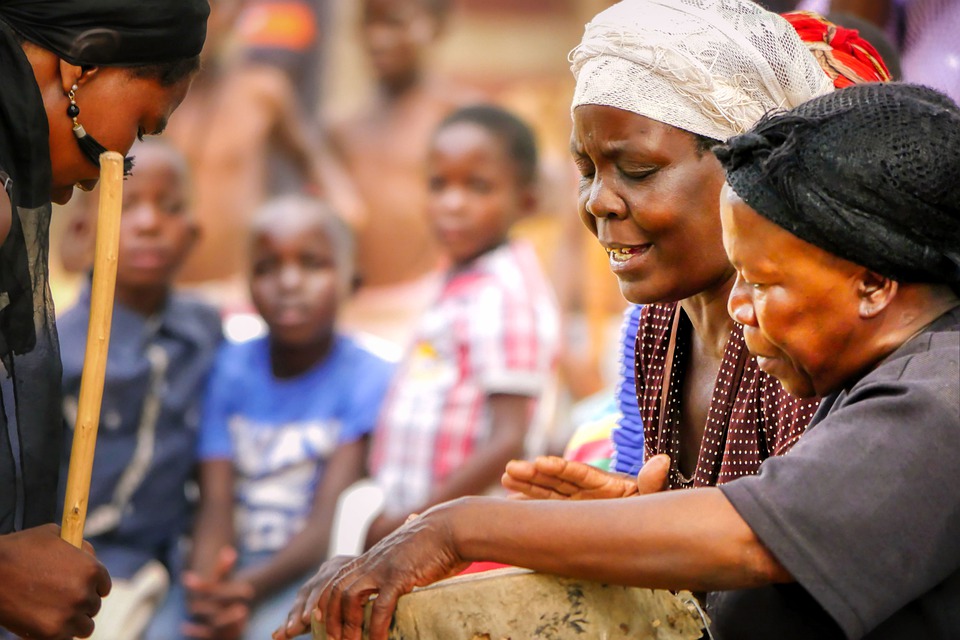
The deceased is buried with eating utensils, walking sticks, blankets, and tools related to their occupation.
Then the guests are invited to the deceased’s home for a simple meal with the family. Prior to entering the home, they participate in a cleansing ritual to remove cemetery dirt from their clothes.
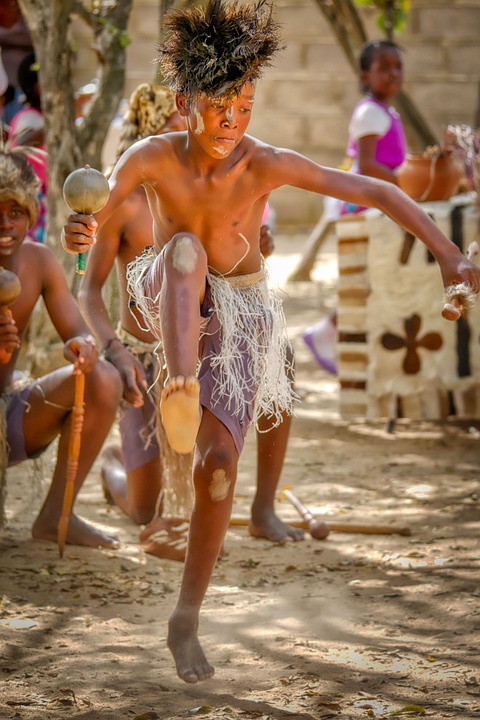
The following year, on the anniversary of the death, there is a much more elaborate ceremony to mark the end of mourning and to release the spirit of the deceased.
BillionGraves
The history of burial customs from around the world will continue to be preserved as we photograph gravestones. And that’s where the BillionGraves app can help!
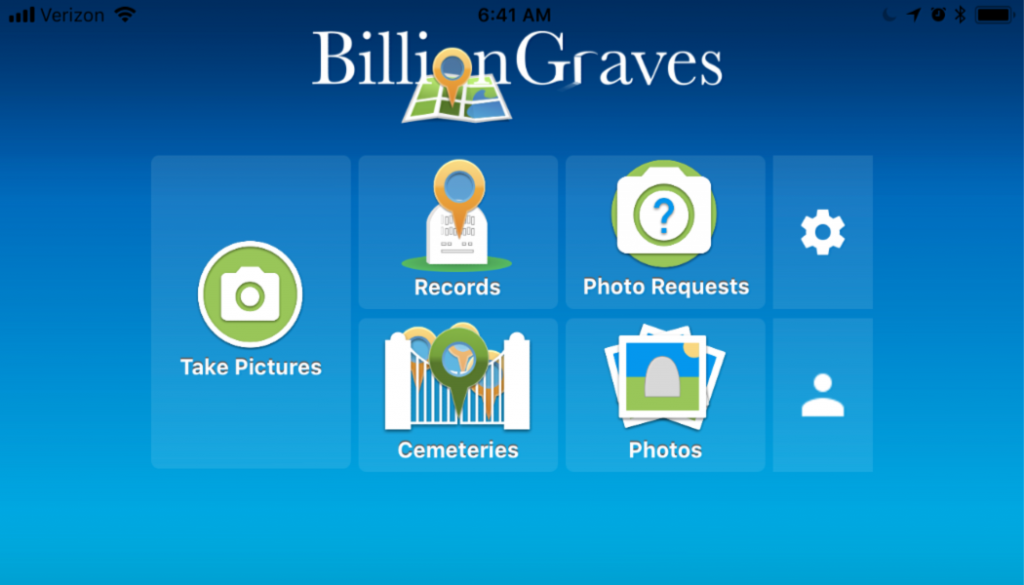
Here’s how to get started:
- Download the BillionGraves app to your smartphone from your app store.
- Create a free account on the app or at BillionGraves.com.
- To find a cemetery that still needs to have photos taken, click HERE.
- Open the BillionGraves app on your phone as soon as you arrive at the cemetery since the GPS feature will work best if the app has about 5 minutes to connect before you begin taking photos, especially if you are taking photos in a remote area.
- At the cemetery, check the bottom of your screen to see if the name of the cemetery matches your current location. If the wrong cemetery name is listed, tap on it, and then select the correct cemetery name.
- From the main screen of the app, click on “take pictures” to begin taking photos in your local cemetery. The GPS coordinates will be recorded automatically.
- Go up and down the rows, taking pictures of every gravestone until you have completed an entire section or the entire cemetery. Keep moving at a quick pace. If you take 1 photo every 15 seconds you will have taken almost 250 photos in an hour!
- If you are working with another person, leap-frog over each other’s rows until you have completed a section.
- When you are finished, connect to Wi-Fi and tap on the “X” in the corner of your screen.
- When the orange button that says “upload” appears, tap on it to submit your gravestone photos.
- Repeat! 🙂
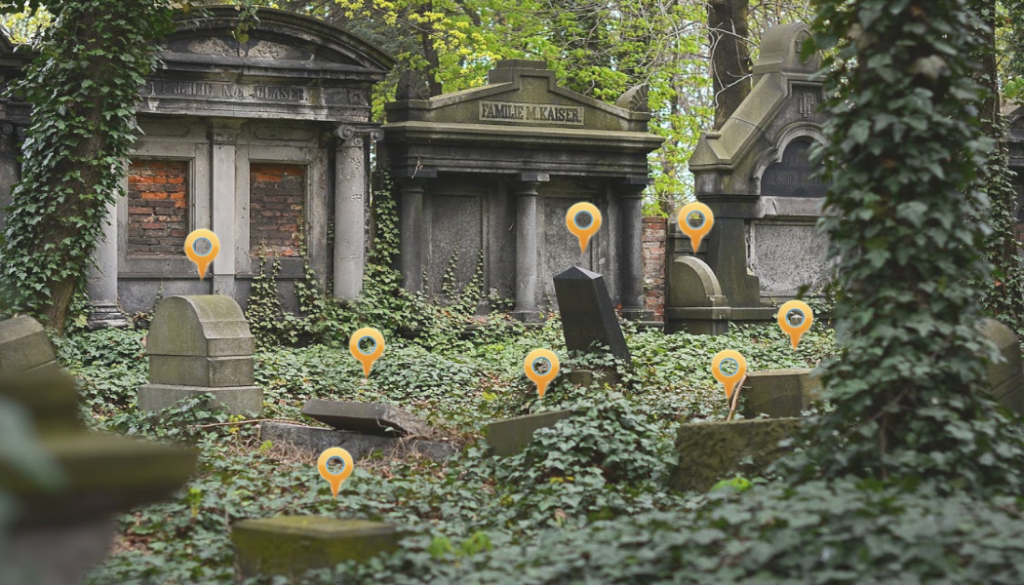
You are welcome to do this at your own convenience, no permission from us is needed. If you still have questions after you have clicked on the link to get started, you can email us at Volunteer@BillionGraves.com. We’ll be happy to help you!
And as you photograph your cemetery, and I photograph mine, we will all be able to find our ancestors!
Happy Cemetery Hopping!
Cathy Wallace

